Can embroidery hold greater value than precious paintings?
You wouldn’t think so. When most of us think of embroidery we envisage a rather distasteful doily that our grandmothers had on their dressing table gathering dust. You would not usually associate embroidery with top selling art – however, in Chongqing you will find just that.
Embroidery is an art craft, commonly known as “xiuhua”, that uses needle and coloured thread to prick and stitch fabrics including silk, satin, nylon, yarn, thin silk, cloth and hemp according to designed patterns, and so creating patterns or characters on the basis of embroidered trace. There are four famous Chinese embroidery styles, and Shu embroidery is the name for works mainly produced in Sichuan Province.
It dates back to the Han Dynasty, but reached its peak in the Song Dynasty. The unique stitching methods and embroidery techniques contribute to strong expressive force and artistic effect. The other styles are: the Su embroidery of Jiangsu Province, the Xiang embroidery of Hunan Province and the Yue embroidery of Guangdong Province. Shu embroidery has held a high reputation of “treasure of Sichuan” ever since the Han Dynasty.
The mountains and rivers surrounding Chongqing acted as inspiration for numerous artists – making it the ideal place to shop for watercolours, calligraphy and crafts. And although Chongqing shopping is not as famous as Shanghai, it is a known shopping paradise in the southwest of China.
The scenery of the Yangtze and the Three Gorges is often depicted in embroidery, fans and painted screens – all which can be found in the numerous galleries around Liberation Monument.
What is the perfect souvenir or gift?
If you are looking to take home a gift that is a specific to Chongqing, you will not go wrong with:
-
Rongchang Paper Fan –
the classic, elegant paper fan is painted with beautiful designs. Originally it was a sign of wealth as only the nobility could afford to buy them, you can now pack one to take home without adding kilos to your luggage
-
Three Gorge Ink Stone –
traditionally Chinese ink was solidified into sticks for easier transport and preservation. A small amount of water could be applied to the end of a stick of ink, and that end would be ground with the flat surface of the ink stone. A larger quantity of ink could be ground from a small pool of water placed on the ink stone. A three Gorge Ink stone is special as it is excavated from the Libi Gorge section of Jialing River, then finely shaped, and delicately engraved with beautiful patterns
-
Shu Embroidery –
Incorporating fine needle work, silk and elegant colours they are often used as cushion covers, pillow cases, quilt covers or as a unique wall hanging
Where is best to shop?
Nanping Pedestrian Street
Nanping Pedestrian Street is located in Na’an District and is separated from Yuzhong District by a river. It is one of the best places to enjoy the night scene and stay in one of the Nanping CBD luxury hotels. The street itself consists of five smaller streets numbered from 1-5. Nanping Pedestrian Street runs for 2km and houses a multitude of local shops which sell food, clothes, accessories, local products. In fact, it is regarded as the centre of fashion in Chongqing.
Chongqing Jiefangbei Pedestrian Street
Jiefangbei Pedestrian Street, is located in the centre of Chongqing, and known as Chongqing’s commercial heart. If for less adventurous shopper, this is where you will find over 3,000 stores with two dozen large shopping malls and centres, places of entertainment and many average hotels. This shopping area is best for discovering local snacks and hi-tech productions.
If you are not feeling particularly game, and needing a little more assurance before making a purchase, the department stores in the area also sell many specialty souvenir items. Be aware, though, that the prices in department stores be fixed compared to the street shops where you can haggle the price down to almost half (which really is half the fun!).
If you are still seeking out a more contemporary piece of local Chongqing culture to take back home, be sure to pick up one of Chongqing Tees (Ma La Shan Cheng). They make specialised t-shirts that are so easy to pack into your bag, still leaving you with loads of room for all the artwork you bought!
Featured images:
License: Creative Commons
image source
Jason has always loved his souviners. He has now traveled the globe looking for the various local fine arts from various countries.
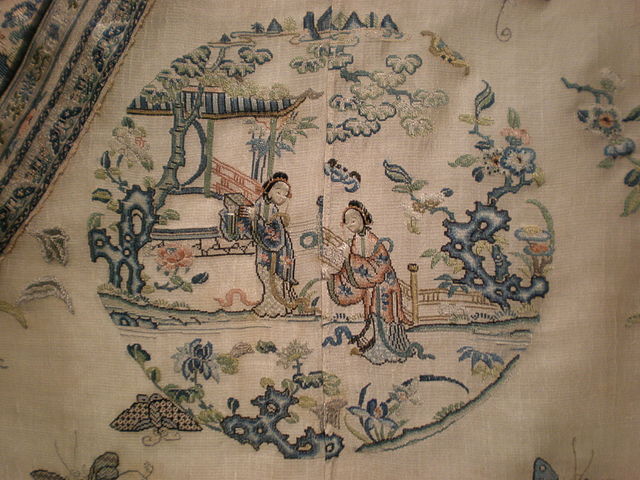












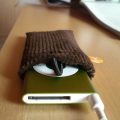


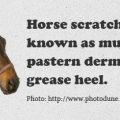
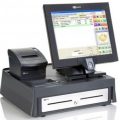



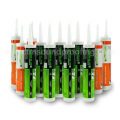


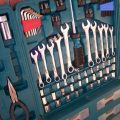




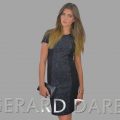


No Comments
Leave a comment Cancel